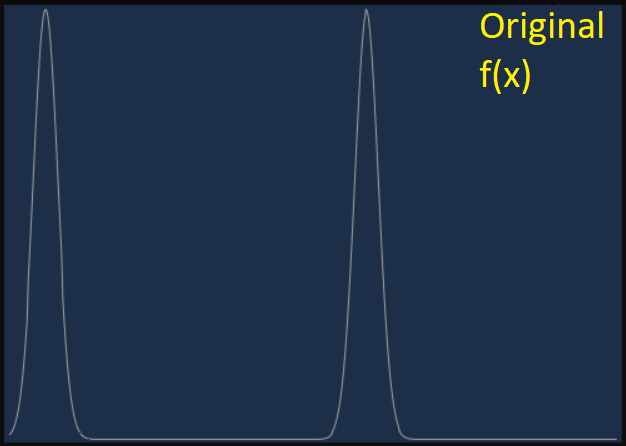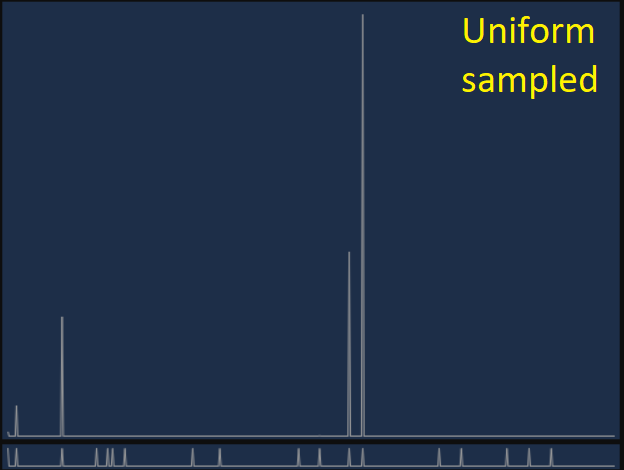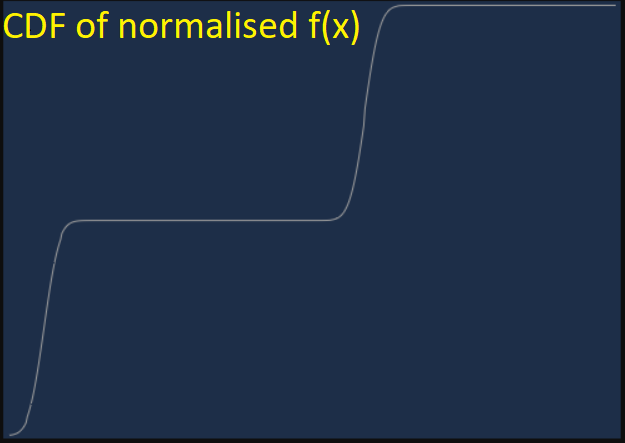In graphics programming we use a lot of awesome sounding names for techniques, which often trigger fantastic mental imagery (as well as actual imagery). Too many to list them all, the top 3 of my favourite ones, in no particular order, probably are: (1/4)
1) "Ambient occlusion": the percentage of rays cast from a point over the hemisphere centred around the surface normal that are not occluded (do not collide with) by geometry. A value of 0 means all rays collide, 1 means none does. (2/4)
2) "Shadow pancaking": project shadowcasting meshes that lie in front of the near plane of a light (and would normally get culled), on the near plane so that they will still cast shadows. Used to enable tightening of the shadow projection volume to increase the resolution. (3/4)
3) "Waterfall loop": in cases where data vary per wavefront thread and can't fully scalarise execution, partially scalarise it by grouping threads by data and looping over the groups executing the instruction on parts of the wavefront in a scalar fashion. (4/4)
• • •
Missing some Tweet in this thread? You can try to
force a refresh







